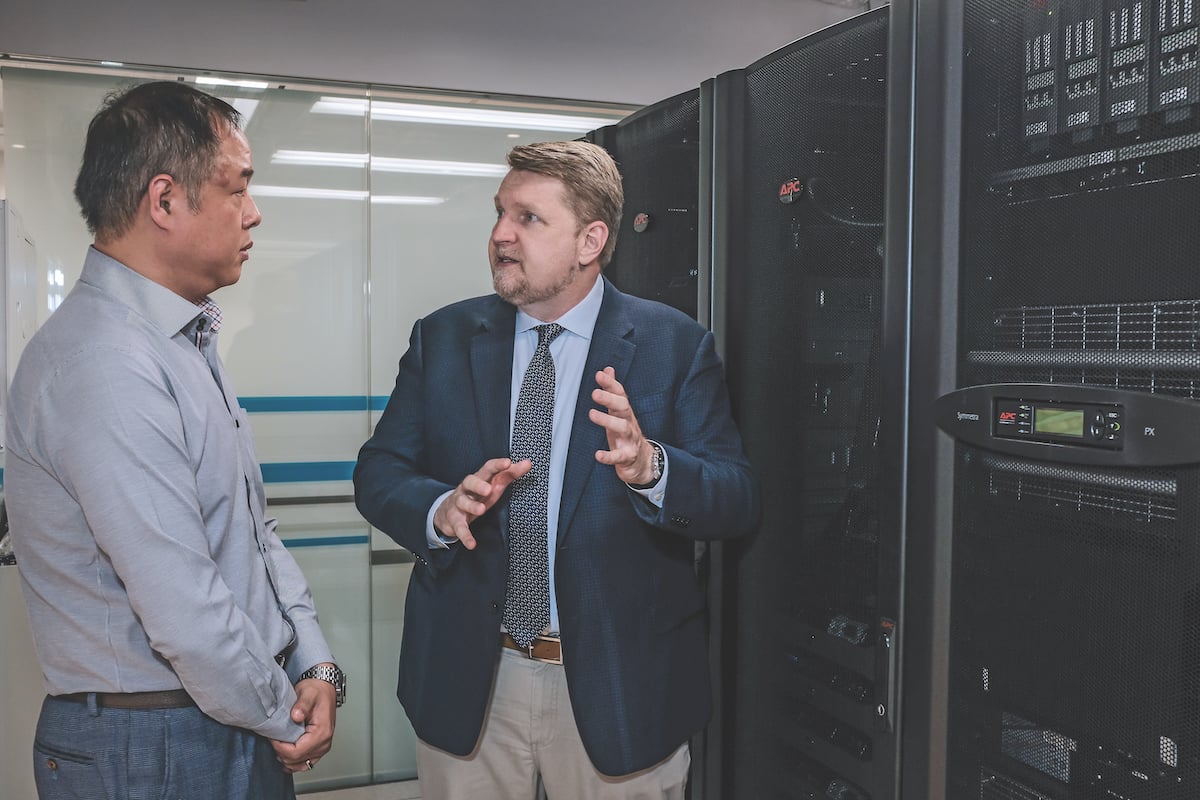As a global leader in innovative IT solutions, Dell EMC is reshaping the industry through IT and workforce transformation – combining leading infrastructure, data storage, and hybrid cloud and data protection solutions to achieve faster business outcomes for its customers across all industries.With the exponential growth of connected devices, supportive government policies, a booming start-up scene and thriving ecommerce, the tech sector in Asia–Pacific is expanding rapidly. In February this year, Dell EMC’s Internet of Things (IoT) and OEM business in Asia–Pacific and Japan (APJ) hit a significant milestone, exceeding US$1 billion revenue and highlighting the growing importance of IoT and interconnected smart city projects.
According to Glen Burrows, Dell EMC’s Vice President and General Manager for OEM and IoT solutions in APJ, the market is set to be worth US$583 billion by 2020 – solidifying Asia’s position as the global hub for IoT. “Since 2010, we’ve grown from two to 20 countries and we’ve gone from zero to more than US$1 billion in revenue,” he notes. “This is due to three things: our talented and passionate people, our unique value proposition as the global market leader in embedded computing, and the rise of Asia as a global manufacturing hub. We have seen success by developing products and solutions specific to Asian customer requirements. We engineer and manufacture in Asia, for Asia.”

Glen relocated to Hong Kong from Toronto, Canada, 17 years ago. Joining Dell in 2005, he established the company’s global accounts business across the Asia–Pacific region before moving into his current role in 2010, leading and growing the OEM business. Glen’s tenured experience in Asia allows him to understand the unique needs of the Asian market. “We are now living in an era of vendor consolidation. Firms are looking for partners that offer a complete end-to-end solution – which is what we do, plus much more. We have the flexibility of an OEM with the global footprint, service capability, and engineering support of a Tier-1 vendor,” he says. “To meet the challenge of increased demand for the embedded computing solutions we provide, our strategy focuses on four core vertical markets: manufacturing, video surveillance, healthcare, and telecommunications.”
While the APJ region is marked for exponential growth, it is also one of the most diverse regions on earth with the convergence of multiple cultures, currencies and languages. “We knew that we had to build a distributed leadership team rather than a centralised leadership team and that we simply couldn’t manage Asia–Pacific with a mono-cultural lens,” he explains.
Glen believes Dell EMC’s culture relies on three pillars: empowerment, diversity and learning culture.
“In the 17 years I’ve lived in Asia, there’s been a constant war for talent in the tech sector. It’s never been easy to attract and retain talent. Business is a people game. The right philosophy and leadership culture is why I believe Dell EMC has been so successful,” he explains.
“We’ve been very thoughtful in our recruitment process to create an empowered and diverse team that can support customers across the many cultures and many language groups of Asia. I think it’s imperative to create an esprit de corps, or a culture where people feel they can develop their skills and career, and they’re aligned with our mission and the missions of their various customers.”
Since Dell and EMC joined forces, Glen says it has become apparent that customers are looking for a partner that can deliver value across a range of solutions.

While businesses across all vertical markets are realising that they can bridge the operational technology (OT) and IT divide to create a unifying strategy, standardisation and interoperability are two of the biggest challenges standing in the way. Glen says customers are increasingly looking to streamline their IoT strategy by working with one provider rather than multiple vendors.
“Our customers are struggling to understand how to deal with big data and the various aspects of edge computing and they want a partner that can bring that insight to the table – and that’s what we’re now positioned to do. I’m sure many organisations use this expression, but we truly are better together.”
“As Dell EMC continues to lead the market, we know that there is no organisation better positioned than us to deliver the complete package. Particularly in the age of edge computing, big data analytics, and data retention regulations, we’re looking to optimise our already extensive offering,” Glen explains. “This means that we must have the best partners. So far, Intel’s customisable embedded and IoT technologies have been central to our success in expanding our footprint in key markets such as telecommunications, healthcare, video surveillance and security, and industrial automation.”
“Business is a people game. The right philosophy and leadership culture is why I believe Dell EMC has been so successful.”
Looking ahead, Glen says APJ is well-positioned to drive the rise of IoT due to its urbanisation and widespread manufacturing growth. The region is seeing success in primary industry sectors such as mining and precision agriculture to yields and reduced water consumption. And if it can deliver significant value to these primary sectors, people from around the world are going to benefit from these solutions.
“Much of the talk around IoT has been around greenfield sites for the future, but I believe the largest benefits will be had from improving and optimising brownfield installations throughout APJ. These savings will be passed on through the supply chain to create significant outcomes for the region,” he notes.


